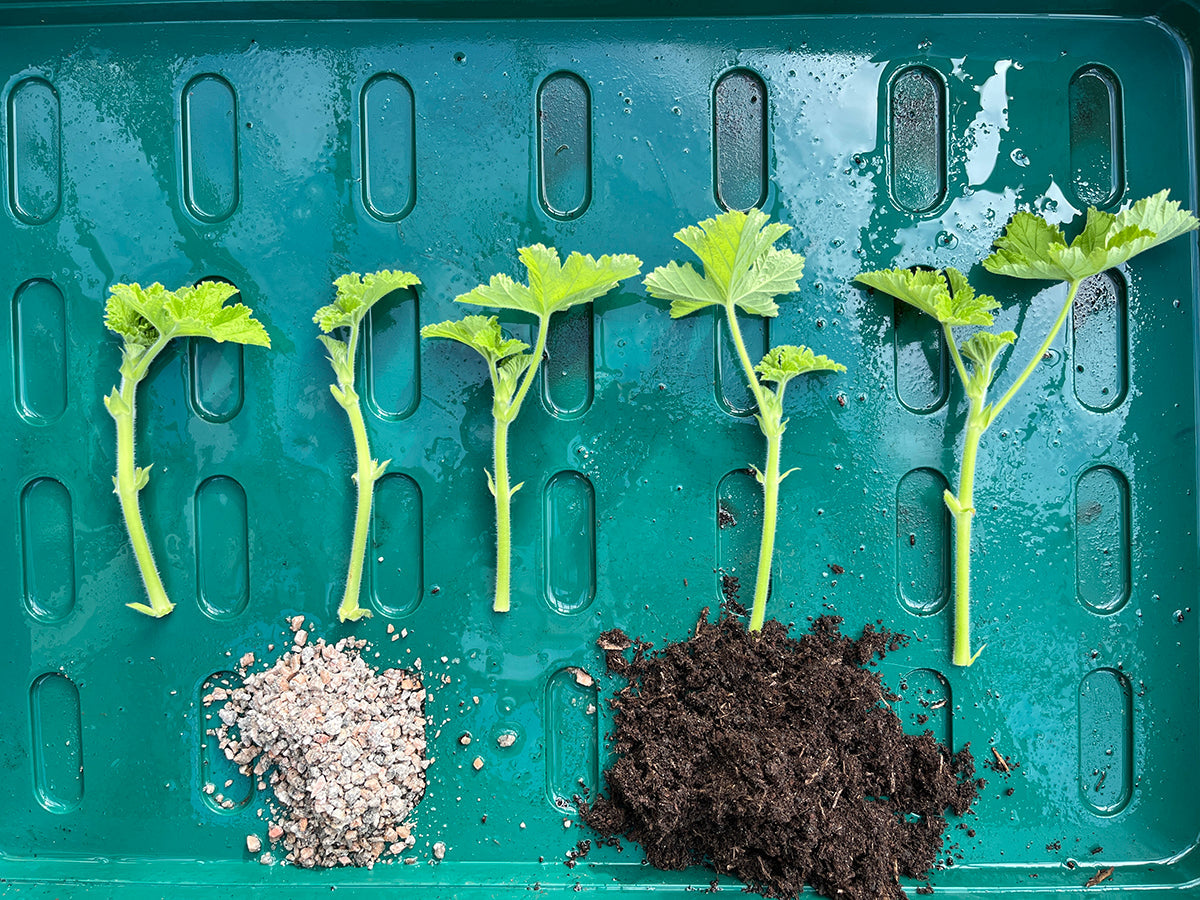Garden trends - get into the blue

The colour of the year for 2020, according to Pantone is Classic Blue. This is a strong hue, which the colour company describes as a restful colour, which ‘brings a sense of peace and tranquility to the human spirit.’ As with last year, we’ve come up with our favourite plants with spring flowers in this lovely calming shade.
Brunnera macrophylla. We love this very pretty low growing perennial. It has sprays of tiny intense blue flowers in spring, which look striking against the attractive heart-shaped leaves. A shade lover, it looks good with ferns, epimedium and pulmonaria. The variegated version ‘Jack Frost’ lights up dark corners beautifully.
Ceanothus 'Puget Blue'. This is one of the earlier flowering ceanothus varieties, which is smothered in clusters of mid-blue flowers from April. It does best in sun and looks great with spring bulbs. The evergreen leaves then create an excellent green backdrop to other summer flowering shrubs and perennials.
Clematis alpina 'Pamela Jackman'. The delicate nodding of blue flowers of this early flowering clematis are a lovely way to add early colour to walls and fences. It's happy in shade, so useful for a north-facing wall. This is a Class 1 clematis variety, so prune after flowering.
Your local garden centre or nursery may be closed during this crisis, but you can still buy plants online.











